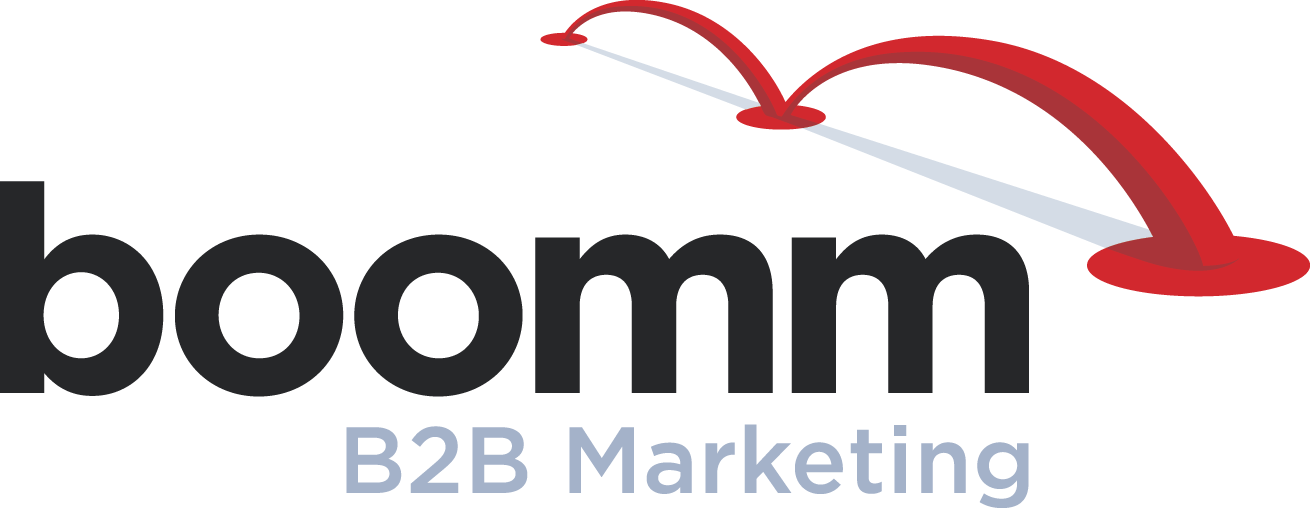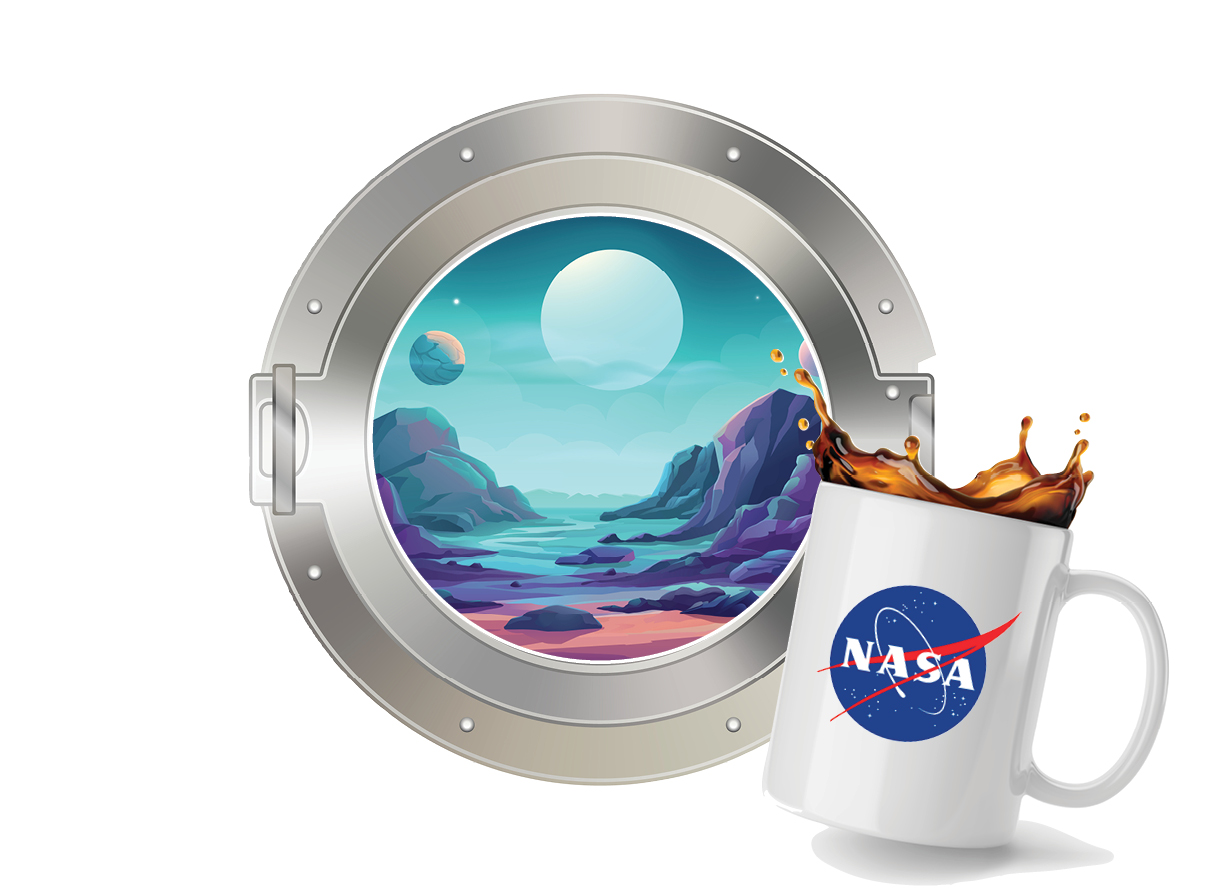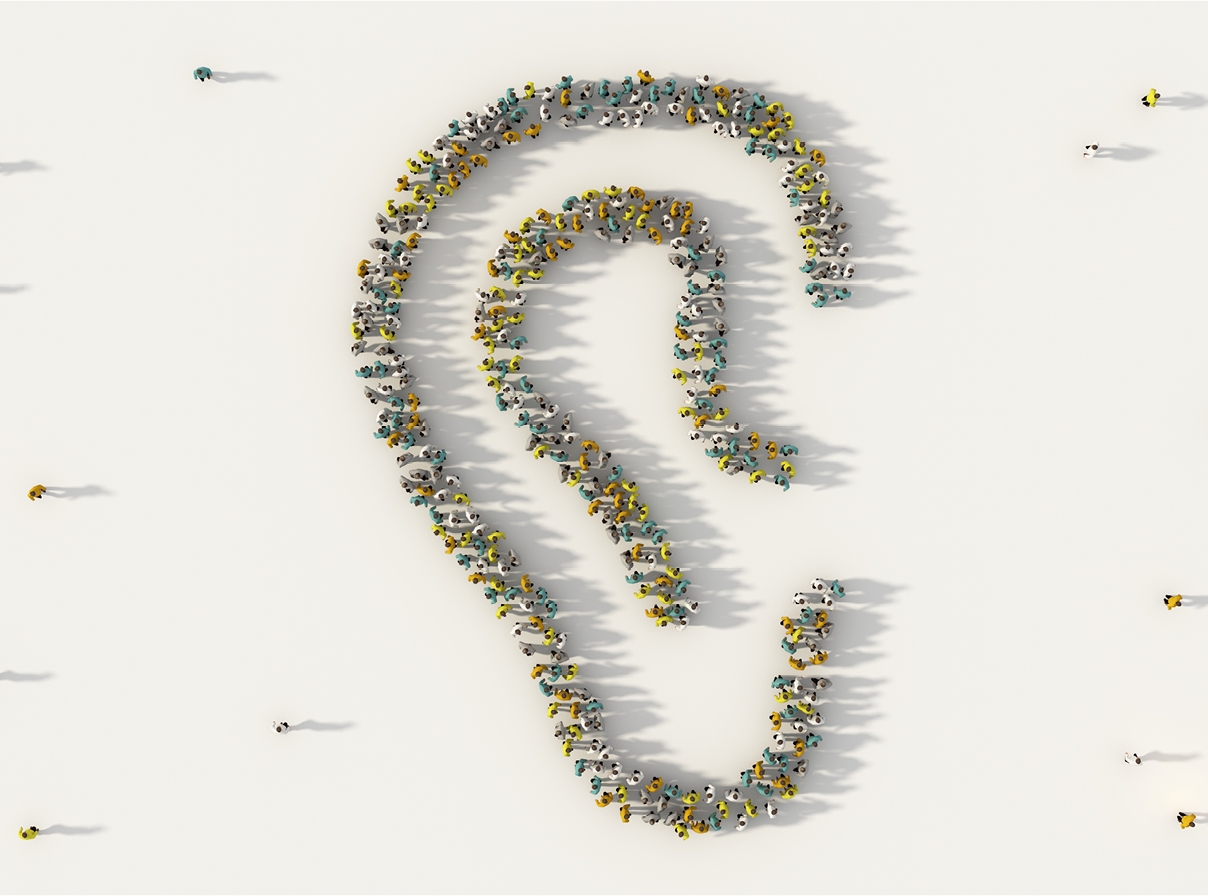The marketing melting pot
For generations, America took pride in its reputation as the “great melting pot.” This was the country that welcomed refugees from around the world; a place that benefitted from the unique strengths of all cultures coming together. We even had an inspiring message to greet those travel-weary souls: Give me your tired, your poor, Your huddled masses yearning to breathe free The current state of our nation as a global refuge is a combustible topic these days and this humble blog is staying well out of it. However, we do want to shine a spotlight on another great melting pot that has emerged: the one called marketing. The ironclad borders that rigidly segmented marketing disciplines
Don’t space out
The people at NASA have our deep respect. They are extremely intelligent, truly dedicated and possess a remarkable vision for the future. Consider some of the milestones our space program can claim: Launched the first U.S. satellite Put the first American in space Landed the first humans on the moon Created reusable spacecrafts with the Space Shuttles Captured astonishing images with the Hubble Space Telescope Facilitated collaboration and exploration with the International Space Station Even when things are bleak, NASA finds a solution. The “successful failure” of Apollo 13 defined crisis management for generations to come. Which leads us to an almost unfathomable fact: NASA never trademarked their logo. How can that be? The
Coming to terms with agency relationships
Is your B2B agency the “Hands?” Or is it the “Armor?” Better yet, are you the “Noodle?” These terms may seem unfamiliar at first, but they describe some very common client-agency relationships. To provide a little context, this month’s blog examines four distinctly different relationship types, including the good and bad of each. “Hands” Relationship Basic premise: The agency serves solely as the client’s hands. Think of it as the agency version of a production line. How it functions: The client sends the account lead an extremely detailed email stating precisely what they want for an upcoming campaign The account lead shares the email internally, which now serves as the project brief The agency executes
17-year savants
Every 17 years something astonishing happens. Large, red-eyed cicadas emerge by the trillions and begin flying clumsily through the humid air. Depending on where you live, this could be your summer to tread carefully, cover your ears and act like you’re not really afraid of the burgeoning brood. But that massive cicada infestation is not the astonishing part. What boggles the mind is their timing and the way cicadas coincide with world-changing events. Ancient civilizations understood this prophetic power. They referred to the broods as “locusts,” and their arrival was viewed as the portent of something cataclysmic: from floods and famine to wars and baby booms. That thinking may seem archaic and even humorous
Marketing has a teaching moment
In marketing, you rarely heard the phrase “on the job training.” This was because experienced marketing professionals were supposed to know everything necessary to perform at a high level. No questions asked. Theoretically, a full career’s worth of knowledge was gained in college, internships, graduate school, or during the first few formative years on the job. In fact, the only time on the job training was openly discussed in marketing was when a new technology platform rolled out. Most other professions already embraced ongoing education in the workplace because they accepted that change was constant. Everyone from accountants to zoologists were trained to adapt as new thinking or programs came along. Then, marketing
Tools of the transition
Editor’s note: This is the latest in a series of articles that reflect upon the 25th anniversary of Boomm B2B Marketing and the significant changes in our industry over that time. Gary Mattes is the CEO of Boomm and the proud son of an advertising creative director. There is a compelling fact that Gary likes to share about his father’s professional world because it gives everyone a unique perspective on today’s technology-driven industry. “My father used the same tools of the trade from the day he started in advertising until the day he retired,” Gary confides. “We have changed our tools countless times in the last year alone.” [caption id="attachment_7490" align="alignnone" width="206"] Mr.
The ultimate New Year’s resolution
By Randy Mitchell Here's a New Year's resolution for every marketer out there: Change the world in 2023. Believe it or not, it's entirely possible. And your ideas have the power to make it happen. You simply need to share them on the right stage. That’s a promising sentiment, but where is the right stage? What account, media channel or agency has the reach and resources to unleash your breakthrough ideas on humanity? It would be natural to assume that your best shot would be to work on mega brands, like Coca-Cola, Nike or McDonald’s. They have massive budgets, devoted consumers and household brand recognition across the globe. Your ideas could really shake things up on
How to avoid the dweebinar
By Randy Mitchell This is the story of an accomplished professional. She always had interesting points to make about her industry, company, and other important topics. People respected her opinions both inside and outside of her firm. They honored her with glowing terms, like “subject matter expert,” “mentor” and “innovator.” But one fateful morning, she transformed from being a thought leader into a dweeb. How did this travesty happen? The sad truth is she gave a dweebinar and the whole industry was watching. At this point, you’re probably asking, “What is a dweebinar? And why should I care?” Both good questions. First answer: A dweebinar is a webinar that goes from being informative to intolerable because
The Tagline Tarpit
By Randy Mitchell The place: Prehistoric Los Angeles The event: The very first marketing meeting A small group of Paleoindians is gathered around a rock. They are locked in a heated debate over a timeless marketing question: “What should our tagline be?” The meeting drags on and on. It’s an epic decision and consensus seems eons away. Before they realize it, the meeting’s momentum begins to fossilize. Literally. Our intrepid marketing ancestors have been entirely engulfed by thick, black goo. I cannot confirm that this actually happened in ancient La Brea. However, I have empirical evidence to prove that the tagline tar pit is real. Agencies and clients frequently disappear into the primordial ooze of trying to
One word of advice (literally)
By Randy Mitchell The question still haunts me. It was the 4A’s annual Career Day, an event that brought hundreds of aspiring advertising professionals into Chicago. I was on the portfolio panel with three other agency creatives. Surrounding us was a wall of eager college seniors, all ready to shove their portfolios into our chests. (Remember physical portfolios? They could do some serious damage.) Just before the eagerly anticipated Portfolio Review, the floor was opened for questions from the students. Most of the inquiries were directly related to finding a job: where to look, who to contact, what to say, what to show in the portfolio. Then, a quiet student from Indiana University asked us












